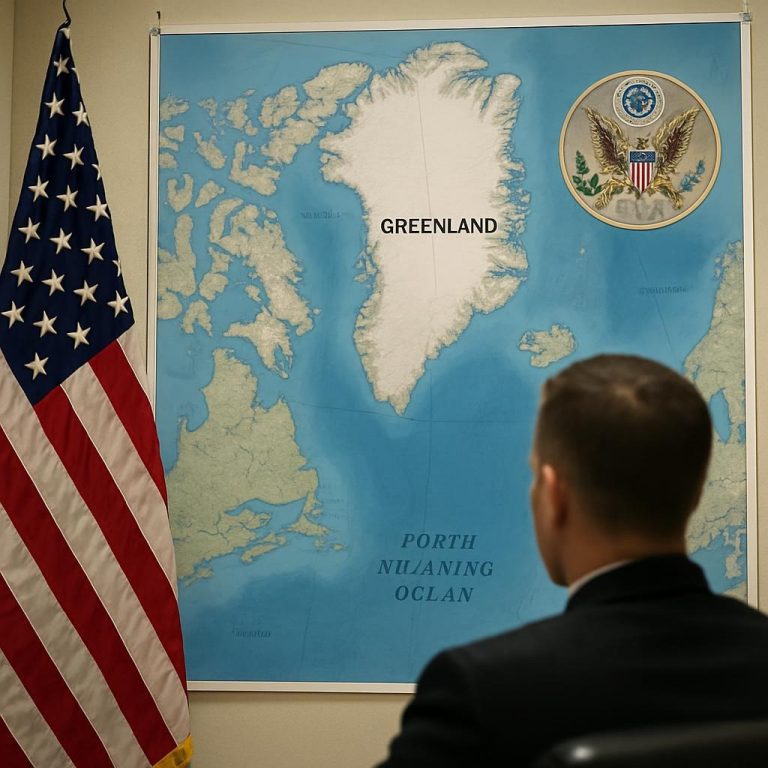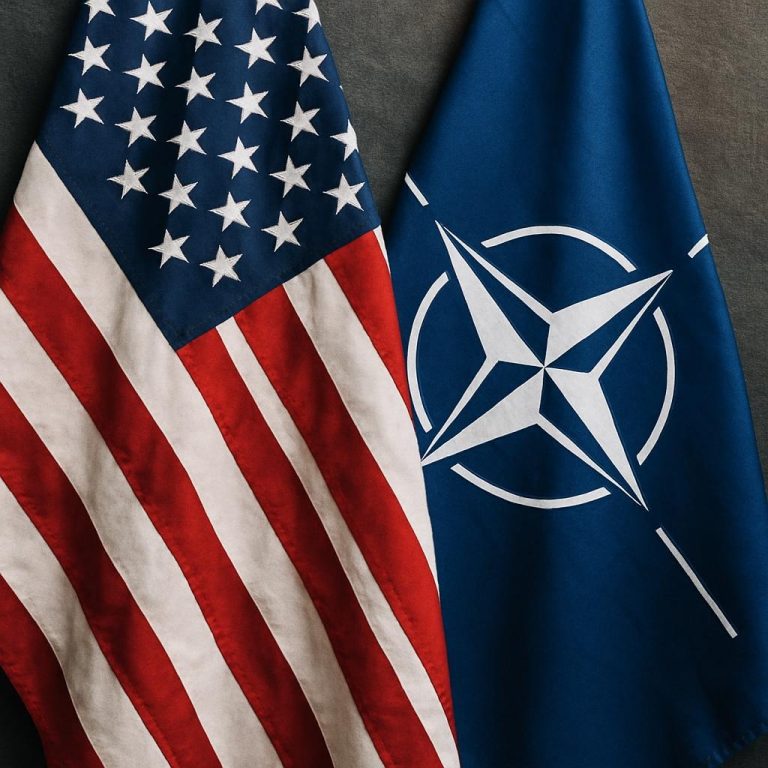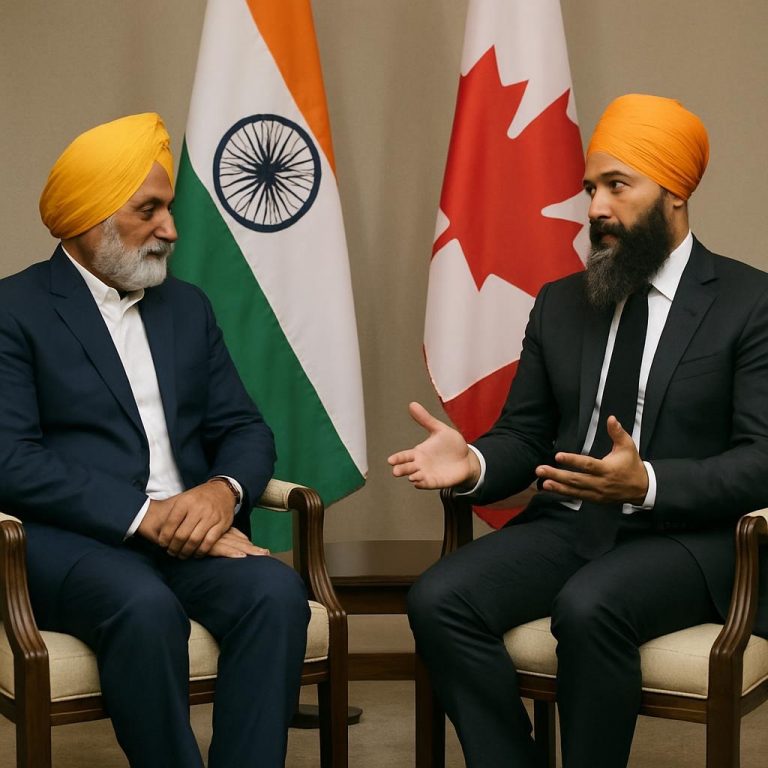
China’s long-term geopolitical goals center on reshaping global governance, asserting regional dominance, and exporting its governance model. Xi Jinping’s leadership is pivotal in driving these ambitions through military modernization, economic restructuring, and strategic diplomacy.
🧭 Strategic Vision & Leadership
- China’s national strategy documents outline goals of becoming a technologically advanced, economically resilient, and militarily capable global power by 2050, emphasizing national rejuvenation and a multipolar world order RAND Corporation.
- The Chinese Communist Party envisions global leadership through the concept of a “Community of Shared Future”, promoting multilateralism and Chinese-style modernization as alternatives to Western liberalism Qiushi.
- Xi Jinping’s leadership has centralized power and embedded “Xi Jinping Thought” into national and foreign policy, positioning China as a challenger to U.S. hegemony theasanforum.org DW.
🌐 Global Influence & Diplomacy
- China’s Belt and Road Initiative (BRI) expands influence via infrastructure, trade, and digital connectivity across Asia, Africa, and Latin America, creating economic dependencies and strategic footholds wgi.world Taylor & Francis Online.
- China builds alliances through forum diplomacy (e.g., China-CELAC, FOCAC), infrastructure investment, and non-interference policies, appealing to Global South nations Africa Center for Strategic Studies Mercator Institute for China Studies (MERICS).
- China uses its roles in the UN and WTO to promote alternative norms, support economic development narratives, and resist Western criticism, reinforcing its legitimacy and influence The State Council of the People’s Republic of China 中华人民共和国外交部.
🛡️ Military Modernization
- China has modernized its military with increased defense spending, advanced missile systems, cyber units, and joint operational capabilities, transforming the PLA into a global force CSIS Observer Research Foundation | ORF.
- China prepares for conflict in the South China Sea and Taiwan Strait through naval expansion, island militarization, and hybrid warfare tactics, including propaganda and economic coercion Council on Foreign Relations Asia Times.
- Cyber warfare and space militarization are central to China’s defense strategy, enabling information dominance and anti-satellite capabilities Foreign Policy Research Institute defensemagazine.com.
📈 Economic Power & Trade
- China is restructuring its economy via the “Dual Circulation” strategy, emphasizing domestic consumption, tech self-reliance, and reduced dependence on Western markets The World Economic Forum.
- China promotes yuan internationalization through digital RMB, cross-border settlements, and selective integration, challenging dollar dominance The Diplomat WION.
- China’s control over rare earths and tech supply chains gives it strategic leverage, enabling export controls and geopolitical influence yuantrends.com sinolytics.de.
🧠 Technology & Innovation
- China aims to lead in AI, quantum computing, and biotech by 2030, investing heavily in R&D and integrating these technologies into industrial and defense sectors The State Council of the People’s Republic of China TechPowerUp.
- China supports domestic tech giants like Huawei, Alibaba, and Baidu through subsidies, chip development, and global expansion, countering U.S. tech dominance Global Financial Market Review opentools.ai.
- Intellectual property acquisition is a key strategy, with reforms to strengthen domestic IP and global competitiveness successquarterly.com National Law Review.
🏛️ Ideological & Cultural Influence
- China promotes its governance model as “enlightened authoritarianism”, offering stability and development without liberal democracy CIDOB Springer.
- Soft power strategies include Confucius Institutes, global media expansion, cultural exports, and educational diplomacy, reshaping global perceptions prccsf.com South China Morning Post.
- China reframes human rights around economic and social development, challenging Western narratives and gaining support among developing nations Oxford Academic Foundation for Defense of Democracies.
🧩 Regional Dynamics
- China balances strategic competition and cooperation with India, Russia, and Japan, using multilateral forums like SCO and BRICS while managing border tensions DW South China Morning Post.
- China’s Indo-Pacific strategy includes military exports, infrastructure diplomacy, and strategic coercion, countering U.S. alliances and asserting regional dominance Council on Foreign Relations The Strategist.
- Taiwan is central to China’s hegemonic vision, with strategies ranging from military intimidation to economic and psychological warfare TIME Asia Times.
🔍 Surveillance & Domestic Control
- China’s surveillance infrastructure—powered by AI, facial recognition, and big data—supports domestic control and global tech exports, reinforcing authoritarian governance Atlantic Council NewsDay Zimbabwe.
- Censorship and information control shape international perceptions, using propaganda, disinformation, and platform regulation to project favorable narratives 2021-2025.state.gov locknet.chinafile.com.
🧨 Risks & Global Reactions
- Global responses include strategic alliances (QUAD, NATO), trade decoupling, and tech restrictions, while China counters with the Global Governance Initiative and regional diplomacy peacediplomacy.org South China Morning Post.
🎥 Recommended Documentaries
| Title | Focus | Link |
|---|---|---|
| China: Power and Prosperity (PBS) | Economic rise and global strategy | Watch here |
| The China Hustle | Financial influence and global risks | Watch here |
| Inside China’s Surveillance State (BBC) | Domestic control and tech exports | Watch here |
| Frontline: China’s COVID Secrets | Governance and global narrative | Watch here |
| China: A New World Order (DW) | Geopolitical ambitions and diplomacy | Watch here |
🔑 Keywords
China strategy, Xi Jinping, Belt and Road, military modernization, yuan internationalization, AI, quantum computing, Confucius Institutes, Taiwan, Indo-Pacific, surveillance, censorship, global governance, soft power, human rights, supply chains, WTO, UN, authoritarianism, strategic rivalry.





